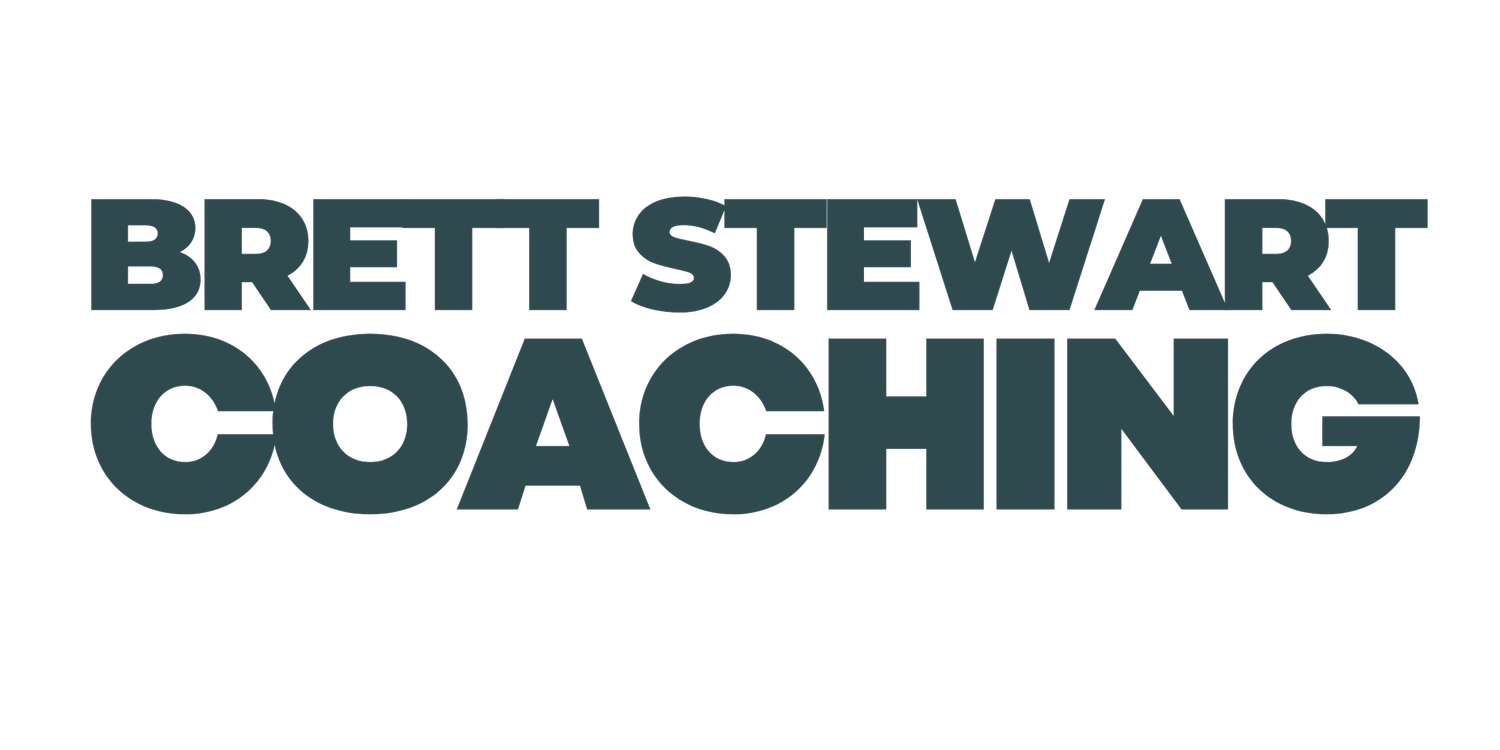Structure Your Organization
Number 2 in a Series of 4
In our first installment, we discussed how casting a clear vision and bringing your people and systems into alignment with that vision unlocks both the business success and personal life that you desire. With that vision in place, the first step to regaining control of your work and life is to install the right structure in your organization. As a Certified Implementer of the Entrepreneurial Operating System ™, the tool I lean on for structure is called an Accountability Chart™ (you can download a free template at www.eosworldwide.com). The Accountability Chart™ is similar in form to a traditional organizational chart, but instead of being built around titles and hierarchies, it’s built around functions and accountabilities. It answers this question: “In order for us to reach our goals for the next 12 months, what functions (we call them “seats”) need to be performed, and what are the primary roles or accountabilities for each function?”
Back to my construction client: later in our first day, we built their Accountability Chart and it looked something like this (this is just the leadership team level; we eventually completed it for the entire business):
For homework, the team built out the chart for the entire company, and we learned a few important things:
1. There were many critical functions that had no clear owner, and we didn’t have enough people to properly manage all those functions. We had to either do less or add people. (Theoretically there is a third option: accept poor quality, but that’s not an option for the teams I work with.)
2. Some of the leadership team members were spread too thin, sitting in multiple seats, and picking up tasks for weak employees that reported to them.
3. At least one of the leadership team members was not carrying his weight. He was leveraging the lack of organizational clarity to hide his personal aversion to accountability. There's an important lesson here: clarity and accountability live together, you can't have accountability without clarity
Were all our problems solved by building the Accountability Chart™? Of course not, but now we had clarity on where we had gaps in the organization. Gaps in accountabilities, gaps in people, and gaps in skills. We call those gaps “Issues” and issues feed into plans that eventually make them go away. With our issues clearly identified, we built a plan that got the right people in the right seats over about a 9-month period. As a result, the leadership team gained time and mental bandwidth to lead, without sacrificing their health and families in the process.
If you’re a leader, build the accountability chart for your organization, so you know where your issues are. It doesn’t matter if you have 3 or 30,000 people in your business, you need clarity around what needs to be done. If you have trouble getting started, read Traction: Get a Grip on Your Business by Gino Wickman or The E-Myth Revisited by Michael Gerber. They are extremely useful not only for developing your structure, but also for many other issues you will face in your business.
Here are a few Accountability Chart ground rules:
Most importantly, build the structure first, then lay in the people.
Use a 6 to 12-month time horizon.
Throw away titles. This is about focus, not ego.
Be honest with yourself. There are some important functions in your organization that nobody owns, and it scares or embarrasses you. Go ahead and put them out there, or they will never get fixed.
If you’re not a leader but you aspire to be one, ask your manager these three questions:
What seat am I in, and what are my 3 to 7 main roles or responsibilities?
Am I in the right seat where I can contribute the most to the organization?
What are your main roles and how can I help you?
We work with our clients to help them develop the right Accountability Chart for maximum effectiveness. If you have any questions as to how you might implement this within your organization, feel free to contact us.

